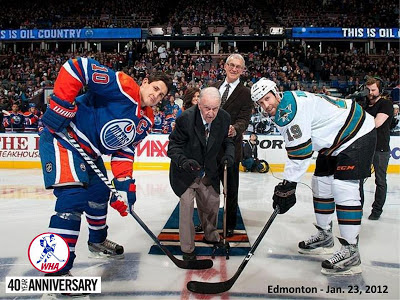 |
| The author in his element |
I've always had a deep affinity for the ocean. Nowhere else do I feel more at home, more myself, more at peace. During my 16-year battle with stage IV non-Hodgkin's lymphoma cancer, there have only been two places where I've managed to find real solace and remember just how much I love life: in the arms of my beautiful wife, and at just about any Southern California beach.
That's why I chose a sand dollar as my symbol of hope for cancer patients in my book, Hope Begins in the Dark: 40 Lymphoma Survivors Tell Their Exclusive Life Stories. And that's why I want to tell you about an emotional and significant event for cancer patients this weekend at the water's edge in San Diego.
The Seventh Annual Survivor Beach, which takes place this Sunday near Scripps Pier in La Jolla, brings together surfers, cancer survivors and their loved ones for a common cause: raising funds for and awareness of cancer research at UC San Diego Moores Cancer Center, which happens to be where my doctors reside.
Survivor Beach, which kicks off a week-long series of events at the cancer center designed to inspire and inform cancer patients, was created in 2007 as a way to bring together individuals in the community to show their support for cancer research and to honor all individuals in their fight against cancer. New this year is a three-mile stand-up ocean paddle race. You can check out all the activities by clicking on this link. It's a worthy cause.
On that note, I want to personally thank the good people at Moores Cancer Center. They are both compassionate and smart, which in healthcare is a rare and valuable combination. The center, which is run by a true visionary, Dr. Scott Lippman, is home to all kinds of groundbreaking cancer research and cancer clinical trials, which I plan to write about in more detail here in the weeks to come. Stay tuned for that.
But for now, I just want to share that on Sunday the center begins its Cancer Survivor Week 2013 by going back to the beach. It’s time to paddle out for a really good cause - maybe the worthiest of all causes, if you ask me. For more information on this event contact Nikisha Belt at 858-246-1230 or nbelt@ucsd.edu.












